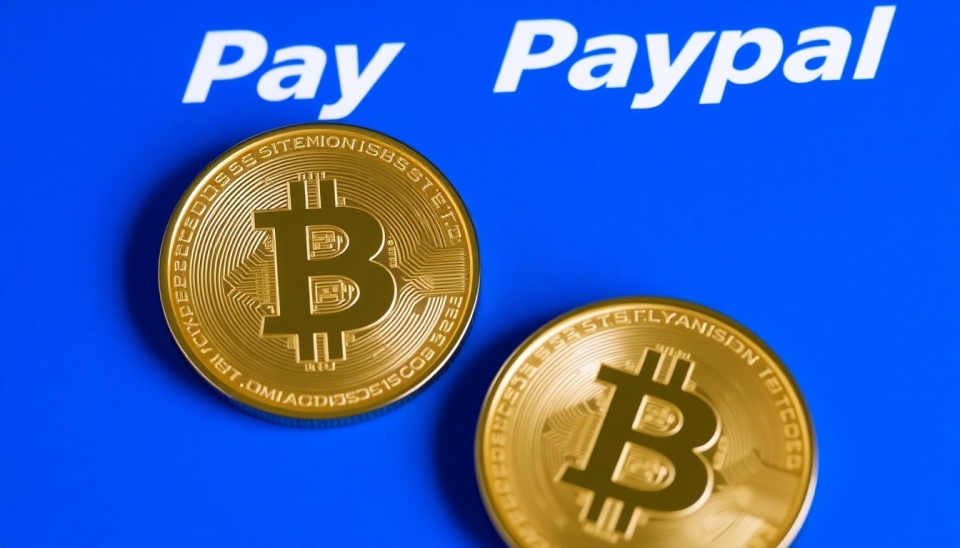
The U.S. legislative landscape is witnessing a significant shift as the Senate Banking Committee has advanced a pivotal stablecoin bill. This landmark legislation aims to establish a comprehensive regulatory framework for stablecoins, a type of digital currency designed to maintain a stable value by being pegged to assets such as the U.S. dollar.
This advancement comes amid growing scrutiny of digital currencies by Congress, which has been grappling with how to appropriately regulate this burgeoning sector. Lawmakers are increasingly concerned about the potential risks that stablecoins pose to financial stability and consumer protection, prompting the push for clearer regulations.
The bill's passage through the committee represents a crucial step forward, with proponents arguing that it will provide much-needed clarity and promote innovation within the cryptocurrency space. The legislation is designed to provide oversight for companies issuing stablecoins, ensuring that they have adequate reserves and transparency to back their digital currencies. Moreover, the bill aims to address issues related to payments and financial inclusion, potentially broadening access to banking services for underserved communities.
Key provisions of the proposed legislation include requiring stablecoin issuers to hold sufficient reserves backing their coins, stringent reporting and disclosure requirements, and guidelines that would bring them under the regulatory purview of federal and state authorities. The bill encourages collaboration between the Treasury Department and other financial regulators to create an effective oversight mechanism that ensures consumer protection and fosters stablecoin growth.
Supporters of the bill emphasize the need for a balanced approach that maintains innovation in the financial technology sector while safeguarding the economy from potential risks associated with unregulated stablecoins. Many in Congress believe that well-structured regulations could lead to increased trust in digital currencies and ultimately integrate them more successfully into the broader financial ecosystem.
Critics, however, argue that overly stringent regulations could hinder the growth of the cryptocurrency market in the U.S. and push innovation overseas. They fear that the balance between risk management and enabling technological advancements could be difficult to achieve, especially as the digital asset landscape continues to evolve rapidly.
The Senate Banking Committee's endorsement of the stablecoin bill highlights the urgency with which lawmakers are responding to the rapid rise of cryptocurrencies. As digital assets continue to gain traction, the outcome of this legislation could set a significant precedent for how the federal government approaches the regulation of emerging financial technologies in the years to come.
Next steps for the bill will involve discussions among lawmakers and possibly revisions based on feedback from stakeholders across various sectors, including the blockchain community, traditional banking institutions, and consumer advocacy groups. The hope is that, through collaborative efforts, Congress will craft legislation that balances innovation with consumer protections effectively.
The stablecoin debate is far from over; as the bill moves towards further legislative challenges, its implications will be closely watched by both the financial sector and the burgeoning cryptocurrency community. The progression of this bill may very well shape the future of digital currencies in the nation.
#Stablecoin #Legislation #Cryptocurrency #Senate #Finance #Innovation #Regulation #DigitalAssets #BankingCommittee
Author: Sophia Reynolds




